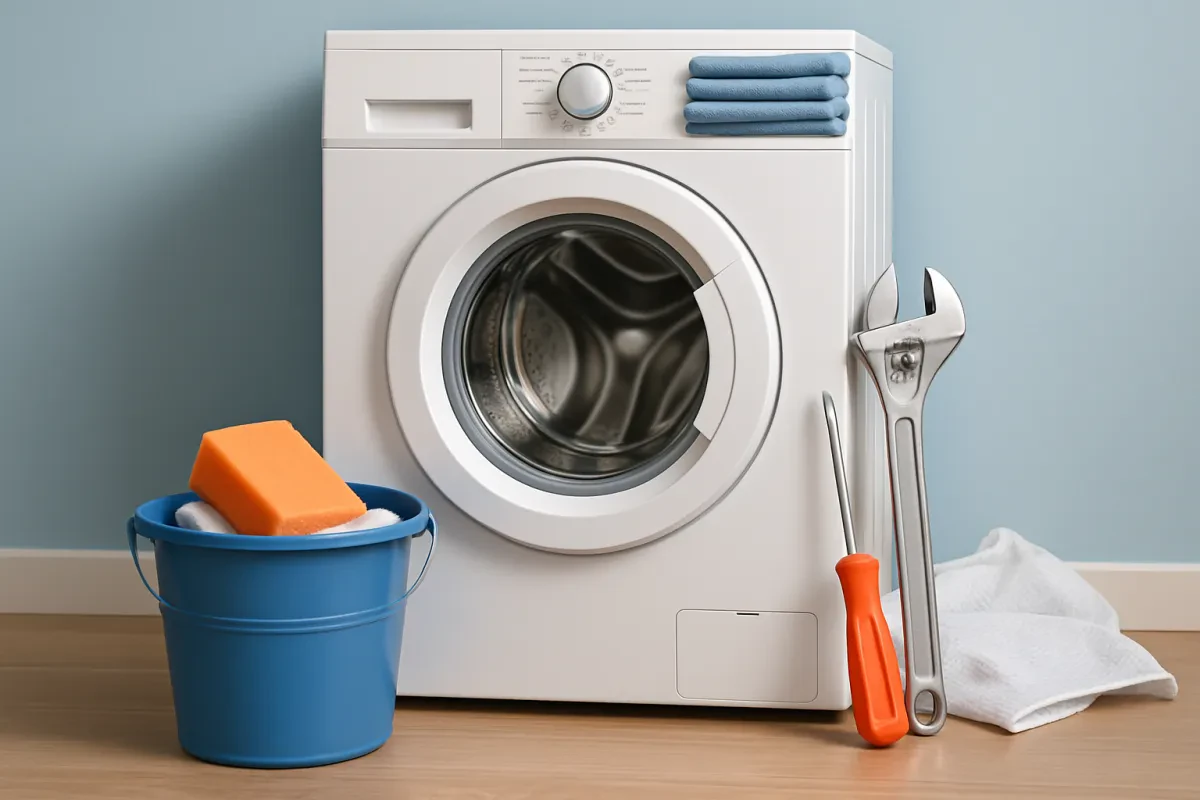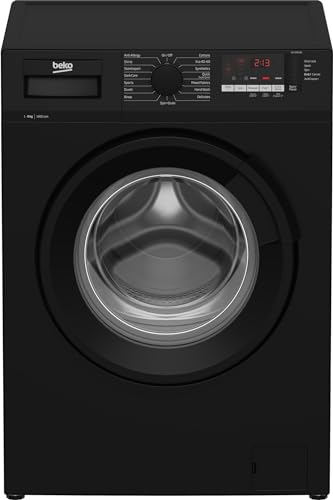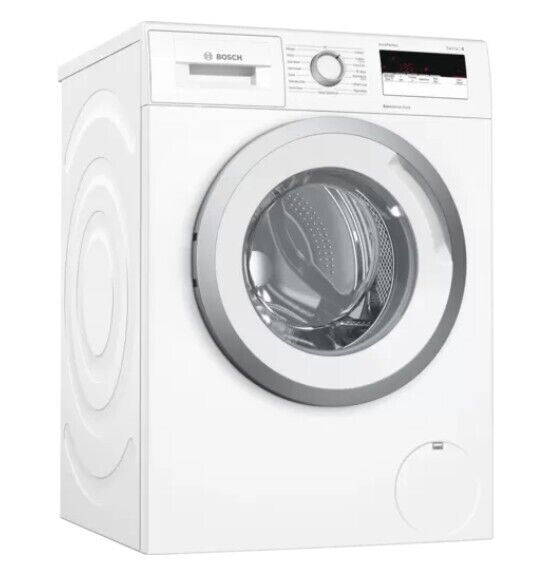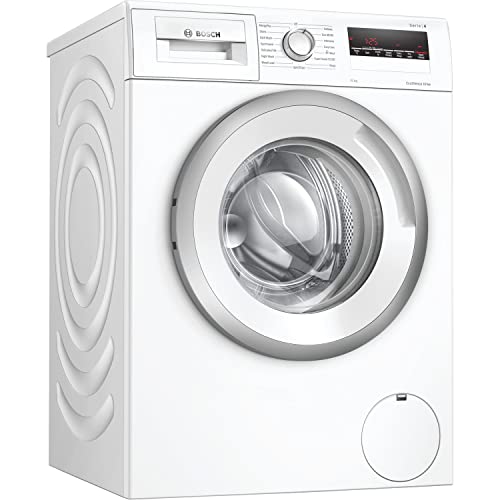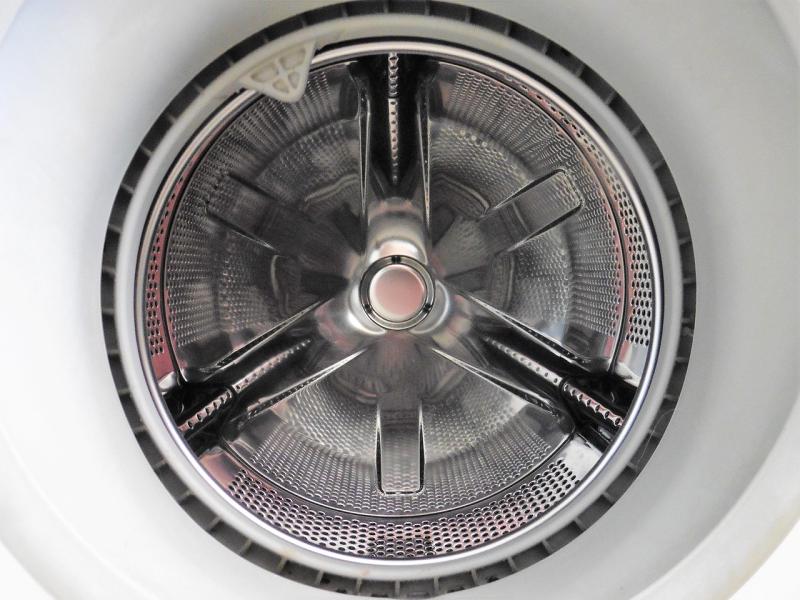1. Clean the Drum and Gasket Regularly
The warm, damp environment inside your washer is a perfect breeding ground for mould and mildew, which can lead to unpleasant odours. Once a month, run an empty hot water cycle with a washing machine cleaner or a mixture of two cups of white vinegar and half a cup of baking soda. Don't forget to wipe down the rubber door seal (gasket) after each laundry day to remove moisture and residue.
2. Inspect the Water Hoses
Every few months, check the hot and cold water fill hoses connected to your machine. Look for any signs of blistering, cracking, or brittleness. Many users search for "washer hoses," indicating this is a common point of failure
3. Clear the Pump Filter
Most front-loading machines have a small trap door on the lower front panel that houses the pump filter. This filter catches lint, coins, keys, and other debris that can cause drainage problems. Check and clean this filter every month or two to ensure water can drain freely from the machine.
4. Don't Overload the Machine
It can be tempting to stuff as much laundry as possible into one load, but overloading puts significant strain on the machine's bearings and motor
5. Use the Right Detergent in the Right Amount
Always use a detergent designed for high-efficiency (HE) machines if you have one. Using too much detergent, or the wrong kind, can create an excess of suds that leaves a residue on your clothes and builds up inside the machine, leading to odours and mechanical issues.
6. Leave the Door Ajar After Washing
After you've finished your laundry for the day, leave the washing machine door or lid slightly open. This allows air to circulate, helping the interior dry out completely and preventing the growth of mould and mildew.
7. Keep the Machine Level
An unlevel washing machine can vibrate excessively, shake, or "walk" across the floor during the spin cycle. This not only creates a racket but can also damage the machine's internal components and your floor. Use a spirit level to check if your machine is balanced and adjust the leveling feet at the bottom as needed. This simple step can solve many vibration issues that lead users to search for anti-vibration pads
8. Clean the Dispenser Drawers
Detergent and fabric softener can build up in the dispenser drawers, leading to blockages. Most drawers can be removed completely. Take them out periodically and wash them in warm, soapy water to remove any caked-on residue.
9. Run a Regular Maintenance Wash
Aside from cleaning the drum with a dedicated cleaner, running a completely empty load on the hottest cycle once a month helps clear out soap scum and germs that you can't see. This simple act of "maintaining washing machine" performance is one of the most effective habits you can adopt
10. Check Pockets Before Every Wash
Loose change, keys, tissues, and lip balm can wreak havoc on your washing machine. Coins and keys can damage the drum or get stuck in the drain pump, while tissues and paper can clog filters and pipes. A quick pocket check before loading clothes is a simple step that can save you from a major headache
